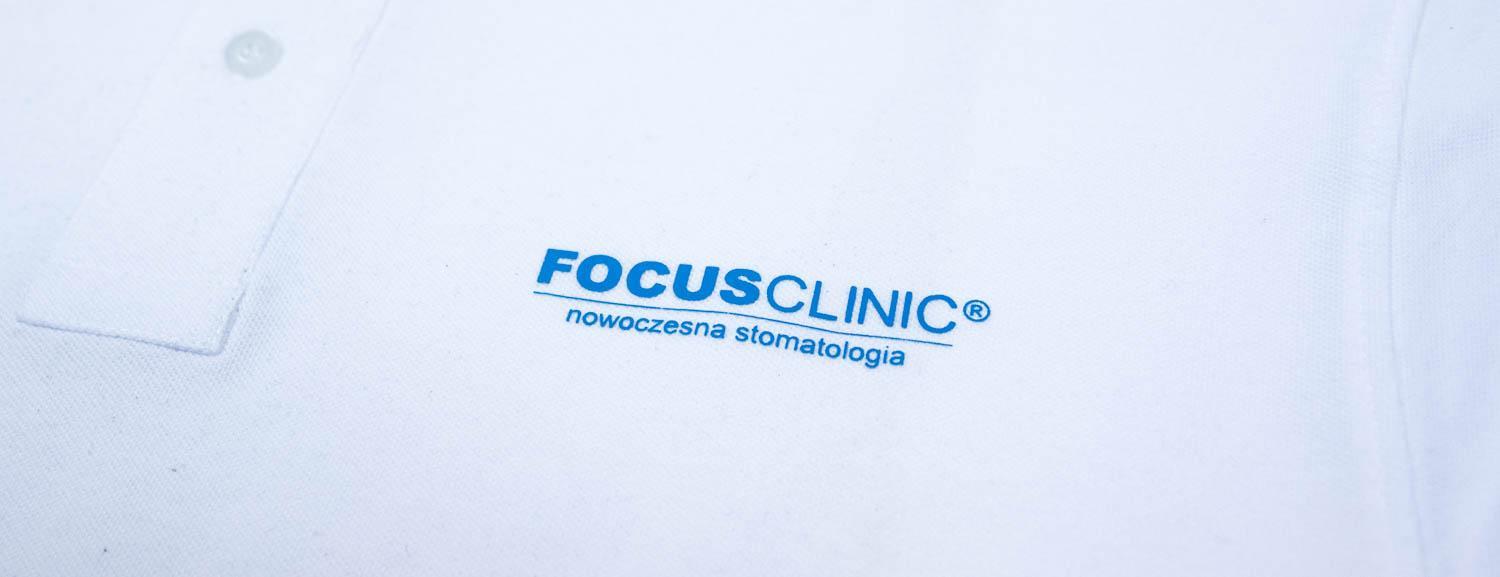This method is sometimes referred to as 'indirect screen printing' or 'plastisol printing'. The print is initially made on paper or thermal transfer film by screen printing method. The finished print is transferred to the fabric at a high temperature. In order to obtain the high quality, it is crucial that the graphic is prepared correctly, the temperature along with the pressure are high and the inking time is right.
Screen printing thermal transfer allows to obtain high quality prints - similar to that guaranteed by traditional screen printing. Prints made with this method faithfully reflect the graphics, even the more complicated ones. It can be used on a variety of fabrics - for example, cotton, polyester or jute. The resulting print is durable, flexible and of high quality.
Once the drawing has been prepared on the foil, transferring the print does not take much time either. The print made this way is smooth and covers well. In addition, it can be successfully applied to elements of clothing that are more difficult to access (for example, placing a print on a cap is not possible with all printing methods).
In the case of screen printing transfer, however, the initial cost is quite high, which makes it cost-effective mainly for larger print runs. The print should also not be ironed. In addition, the material in the area where the print is placed does not breathe - which is why thermal transfer is recommended for smaller applications.

 A modern method of digital thermal transfer, is a hybrid of digital printing and traditional screen printing transfer. The combination of these two types of printing gives great possibilities for very complex overprints, maintaining detail and tonal transitions. This printing technique is usually used for garments made of cotton. Prints on clothing, made with digital transfer are as durable as screen prints, can be applied quickly and are of high quality. This type of printing, due to its preparation costs, is worth using especially for smaller applications and smaller print runs (from a dozen to several dozen). In the case of larger printing formats, screen printing becomes more profitable.
A modern method of digital thermal transfer, is a hybrid of digital printing and traditional screen printing transfer. The combination of these two types of printing gives great possibilities for very complex overprints, maintaining detail and tonal transitions. This printing technique is usually used for garments made of cotton. Prints on clothing, made with digital transfer are as durable as screen prints, can be applied quickly and are of high quality. This type of printing, due to its preparation costs, is worth using especially for smaller applications and smaller print runs (from a dozen to several dozen). In the case of larger printing formats, screen printing becomes more profitable.